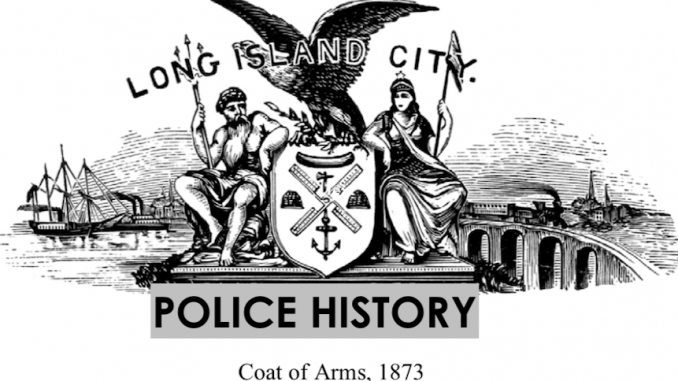

Introduction
Historians agree that in 1853, Captain Levy Hayden, Superintendent of the Marine Railway, Hunter’s Point, Queens, possessed the foresight to realize that the localities in/about north Queens would someday merge into one large city which he named “Long Island City” (LIC). Hence, the name predated the incorporation of the city by about sixteen years.
In the 1860s, stage coach service between the largely rural, residential towns and villages in the the County of Queens was replaced by rail service thus spawning growth and development. The railway terminated in Hunter’s Point on the East River where ferries then conveyed passengers into Manhattan. As a result transportation, Astoria, Hunter’s Point, Blissville (today’s Sunnyside), and Ravenswood all benefited from development.
In an effort to reduce costs, citizens and politicians in the unincorporated localities sought to share services. Discussions of a consolidation began in January 1869. The wealthier municipalities, such as Astoria and Newtown, saw no need to consolidate, while the smaller, working class communities (Hunter’s Point, Blissville, Dutch Kills, and Ravenswood) recognized the benefits consolidation and cost sharing.
On February 16, 1869, the result of a public referendum on the matter resulted in a vote for consolidation by a margin of 2:1 (299 voters for and 150) against the measure. A home rule message and legislation were adopted by the LIC government which were forwarded to the New York State (NYS) Legislature. The legislature passed the bill and on May 4, 1870, Governor John T. Hoffman signed the bill into law.
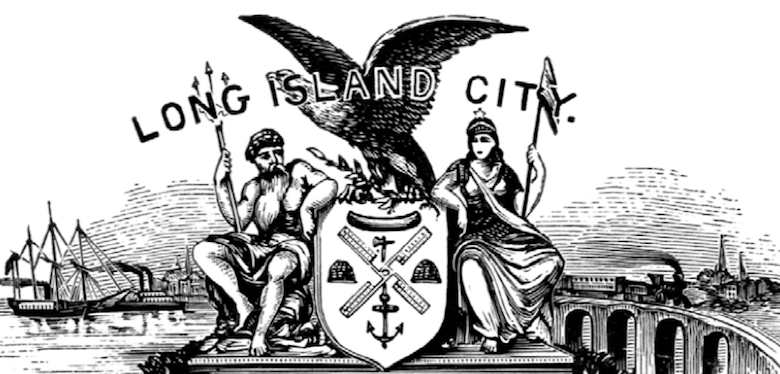
Abraham D. Ditmars of Astoria was the first Mayor of Long Island City. Mayor Ditmars amended the city charter which resulted in the removal of Newtown from LIC. Newtown was able to levy their own taxes and maintained control of their schools and courts. Mayor Ditmars created a separate police force for LIC, which replaced the system of constables and justices of the peace that served the municipalities for decades as law enforcement.
The seven constables that served Newtown were largely corrupt. The cost to taxpayers that resulted from graft and over-billing of services was more than the expenditures for the much larger Long Island City Police Department (LIC PD) after the city’s incorporation in 1870.
The following names of constables were noted during research for this article: Thomas Darcy, William Heaney, Bernard Keagan and Owen Slaven.
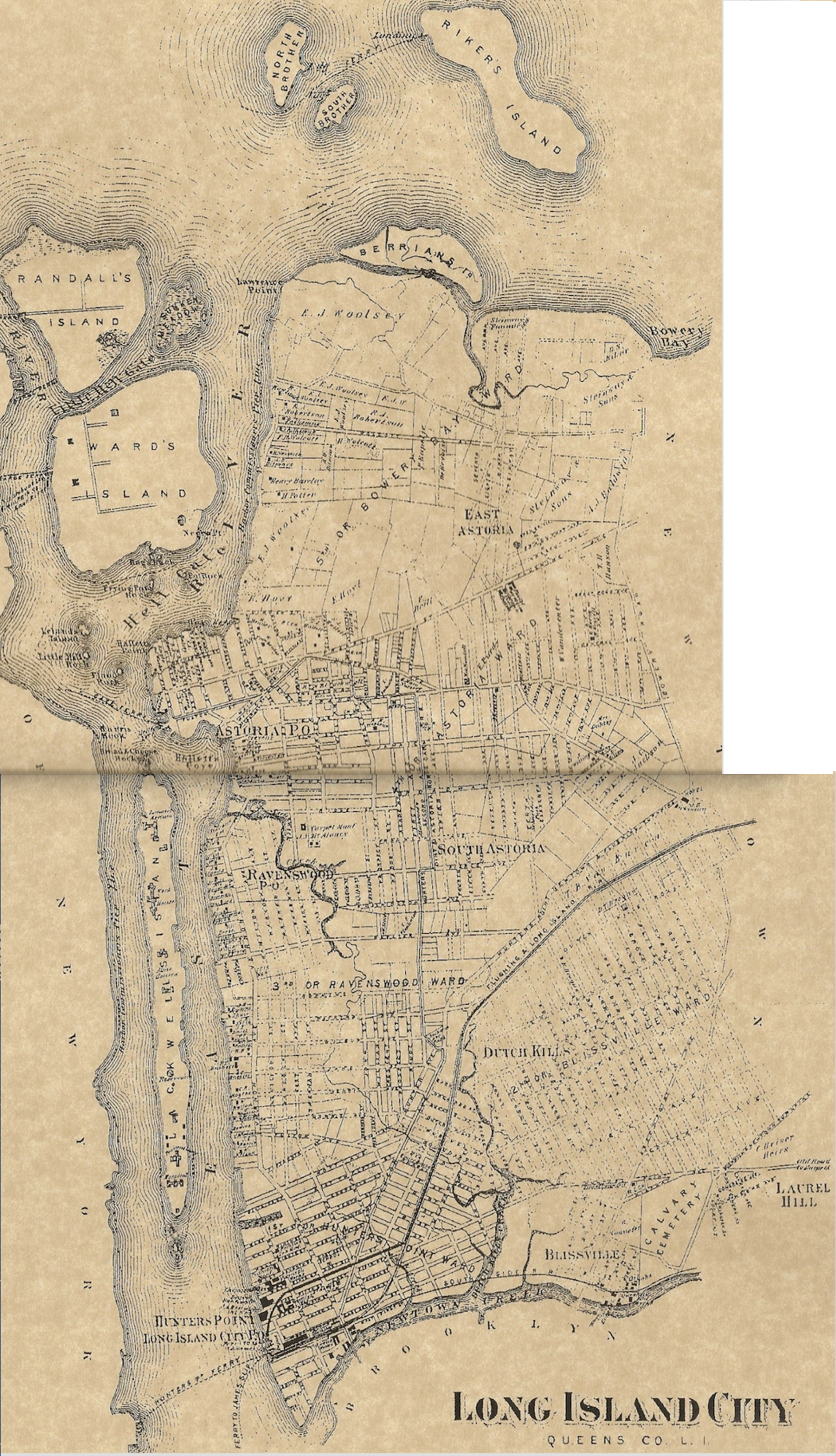
Long Island City Police Department
After the incorporation of LIC, Mayor Ditmars appointed Anthony S. Woods as LIC Marshal and delegated both civil and criminal duties to his office. One year later, after an 1871 charter revision, Mayor Ditmars promoted Marshal Woods to Captain (Capt.) of the LIC PD, and also appointed a sergeant and ten patrolmen. The revised charter authorized a force of thirty men, however due to budgetary constraints, only twelve were initially appointed.
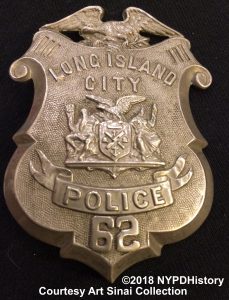
A 1883 report prepared by Chief Woods on the condition of the LIC PD indicates that many deficiencies in the department existed. The chief concluded that there were insufficient supervisory personnel and patrolman to adequately patrol the city; that the physical condition of both station-houses was “not fit to put human beings in;” that the station-houses were not connected by telephone; and that he had to pay for coal to heat the buildings from his own monies.
In that same year, a newly appointed board of police commissioners was unable to meet the payroll and cut the number of officers from a force of eighty-three to seventy-three officers. The ten officers suspended by the commissioners were: Captain Anthony S. Woods, Roundsmen Corrigan and Eagan, and Patrolmen Maloney, Meagher, Rooney, Cosgrove, Boyce, Parsells, and Deistat. The commissioners designated Sergeant James McLauglin as Acting Captain and the uniformed head of the department. [Note: The rank of sergeant in the era was equivalent to today’s rank of lieutenant.]
Other published newspaper articles reflect LIC politics at its worst. In 1889, the city’s sole detective, James Mclaughlin was ordered to purchase a uniform and to perform patrol duty. The order came from the Mayor of LIC, Patrick Gleason who had not supported the mayor’s candidacy. During a prior dispute, Mayor Gleason injured Detective McLaughlin by throwing him down a flight of stairs causing contusions to McLaughlin’s face and head.
The LIC had two precincts, each with their own station-houses. The First Precinct Station-house was on Fourth Avenue, the Second on Grand Avenue near Ely Avenue.
Taxpayers were not pleased with the department. In the months before consolidation, local mayors and politicians appointed relatives, friends and political supporters to their forces. This was done because the consolidation act grandfathered the appointment to the NYPD of any existing officers. The treasurers, however, were unable to back the hirings as they did not have the money to meet payroll. Chief McCullagh and the commissioners were not fooled by the straw appointments and many officers were terminated.

Post-Consolidation; the NYPD Polices Long Island City
On January 1, 1898, an act of NYS Legislature referred to as the “Consolidation Act” created NYC. The act combined the nearly twenty police departments in the five counties, that became boroughs of the Greater City of New York; into one police department, the NYPD.
Acting Chief John McCullagh (NYPD) ordered that the commanding officers of the towns and villages of the Borough of Queens report to headquarters at 300 Mulberry Street, Manhattan at high noon on January 3, 1898. The purpose was to allow the police commissioners to interview them and to provide them with orders for the merger of forces.
In April 1903, plans to construct a new NYPD precinct station-house, the 75th, were approved. The cost was estimated at $90,000. The location chosen was on the “north side of Fourth street, 100 feet west of Vernon Ave.” The precinct consumed the street addresses of 83 to 89 Fourth Street and construction was completed in 1905.
In 1908, the precinct was re-designated the 275th Precinct and in 1918, re-designated as the 59th. At some point, the street address was changed from 85 Fourth Street to 5-47 50th Avenue, LIC and the precinct finally re-designated it as the 108th, which remains to date.
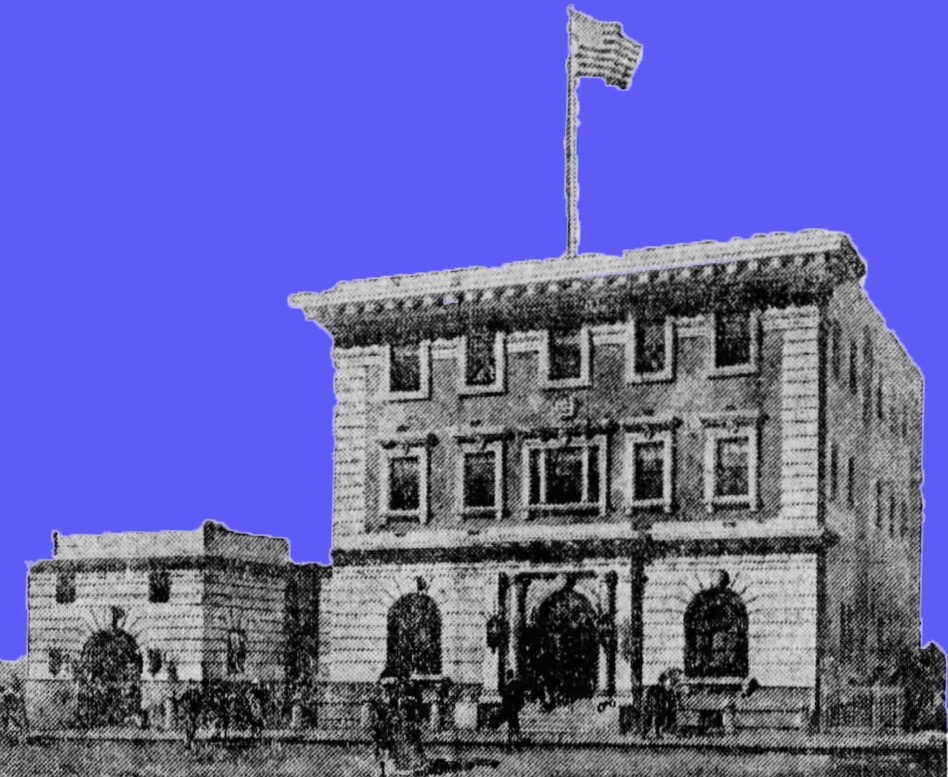
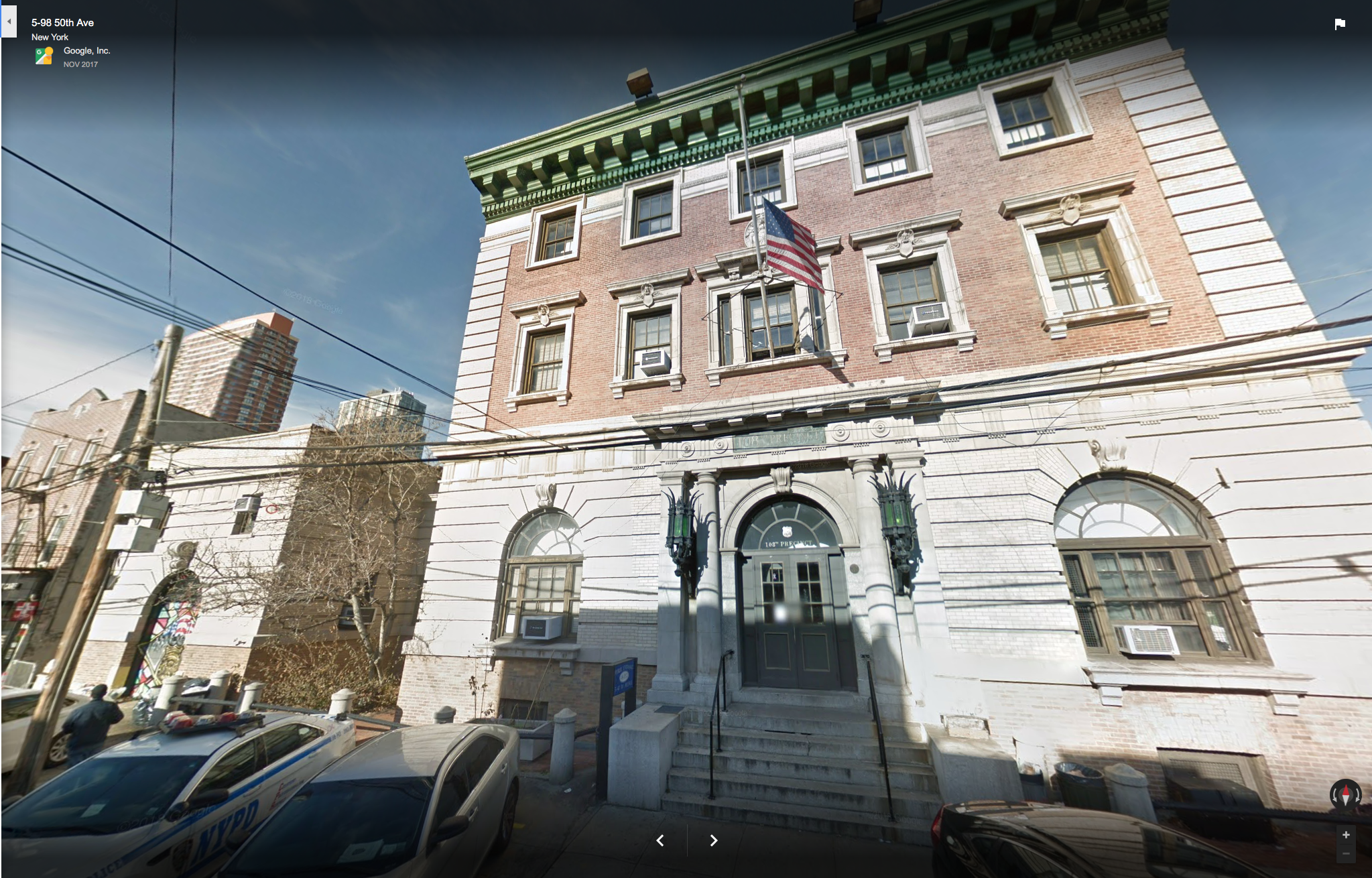
Conclusion
What’s the deal with the history and lineage of the NYPD’s 108th Precinct, Long Island City ? Railroad transportation in the mid 1860s led to development in the municipalities of north Queens which were already in discussion to share costs by consolidating into an incorporated city to be known as Long Island City.
In 1871, LIC Mayor Ditmars created the LIC PD, but politics and the lack of revenue never permitted the force to efficiently police the jurisdiction. Over the next quarter of a century, the officers assigned to the two precinct station-houses were subjected to management practices that broke their morale and caused consternation amongst taxpayers.
In 1898, the creation of the NYPD and the consolidation of municipalities, and their police departments, brought reform to the area previously served by the LIC PD. In 1903, plans for a new precinct station-house were made and within years the building was completed. This building exists today as the NYPD’s 108th Precinct Station-house.
The officers assigned to the 1-0-8 should be aware of the history of their precinct and should give credit to the men who paved the way for their modern day careers serving the citizens of Long Island City.
As is the case with all of his articles, the author welcomes feedback and inquiries & may be contacted at the following email address:
![]()



Leave a Reply
You must be logged in to post a comment.